If you’re a fan of sci-fi cinema, you’ve likely heard of The Fifth Element. This 1997 movie, directed by Luc Besson, has become a staple of the genre, known for its unique setting, memorable characters, and groundbreaking visual effects. But have you ever wondered how much it cost to make such a film? In this article, we’ll dive into The Fifth Element’s budget, exploring the many factors that contributed to its creation and success.
Key Takeaways
- The Fifth Element is a renowned sci-fi movie directed by Luc Besson.
- In this article, we explore the film’s budget and the expenses involved in its production.
The Making of The Fifth Element
The Fifth Element is a science fiction film that was released in 1997. Directed by French filmmaker Luc Besson, the movie has become a cult classic among sci-fi enthusiasts. Taking place in a dystopian future, The Fifth Element tells the story of a cab driver named Korben Dallas (played by Bruce Willis) who becomes involved in a quest to save the world from an evil entity threatening to destroy it.
Besson wrote the screenplay for The Fifth Element in the 1980s, but it took several years for the film to come to fruition. The movie’s pre-production phase lasted for several months and included extensive concept art and script development. In addition, Besson began assembling his cast and crew, a process that would prove to be one of the film’s most significant expenses.
Pre-Production Expenses
Before principal photography could commence, The Fifth Element required a significant investment in pre-production. This phase involved developing the script, creating concept art, building sets, and hiring key crew members. In total, the pre-production costs of The Fifth Element were estimated at roughly $30 million.
The script, written by Luc Besson, took several years to develop and refine. During this phase, writers, producers, and Besson himself worked tirelessly to create a cohesive story that could be translated to the big screen. Additionally, concept artists were tasked with bringing the film’s unique vision to life. Their work included designing the look of the world, vehicles, and characters, which helped to establish the iconic visual style of the film.
| Pre-Production Expenses | Costs |
|---|---|
| Script Development | $10 million |
| Concept Art | $5 million |
| Crew Hiring | $15 million |
The production team also needed to build multiple sets, including a massive soundstage that stood over 110 feet tall and housed the “Fhloston Paradise” starship. Creating these sets required skilled craftsmen and took several months to complete.
Finally, the hiring of key crew members, such as cinematographer Thierry Arbogast and production designer Dan Weil, added to the pre-production costs. Their expertise helped to bring the film’s vision to life but also added to the overall budget of the film.
Casting Costs
The casting of The Fifth Element was integral to the film’s success, with notable actors Bruce Willis, Milla Jovovich, and Gary Oldman securing key roles in the production. However, their involvement came at a price.
The budget for casting alone was approximately $30 million, with Willis earning $5 million for his portrayal of protagonist Korben Dallas. Jovovich, who played the mystical Leeloo, received $2 million, while Oldman’s villainous Zorg earned him $1 million.
“I always thought I’d never work again [after making the movie],” Jovovich later revealed in an interview with Entertainment Weekly. “It was such a strange character, such a strange story.”
The casting expenses were a significant portion of the film’s budget, but ultimately proved to be a worthwhile investment. The chemistry between the main cast, coupled with their impressive performances, helped to bring the vibrant characters of The Fifth Element to life.
Production Design and Special Effects
The Fifth Element is renowned for its stunning visuals and intricate production design. The film’s futuristic world was brought to life through a combination of practical effects, such as intricate set designs and costumes, and state-of-the-art visual effects that were cutting edge for the time.
The film’s production design was helmed by French artist Jean-Paul Gaultier, who created over 900 costumes for the movie. The extravagant designs were a central aspect of the film’s unique visual identity, and helped to set it apart from other sci-fi films of the time.
The production team also spent a significant amount of money on creating complex miniature models and sets for the film. The iconic flying cars featured in the movie, for example, were built as detailed miniature models that required extensive work from the visual effects team to bring to life.
The visual effects in The Fifth Element were groundbreaking for the time, and involved a significant investment in technology and talent. The film used a combination of practical and digital effects to create its unique visuals, which blended futuristic designs with familiar real-world elements.
The Mondo Trasho 304
One of the most iconic elements of The Fifth Element is the spacecraft known as the Mondo Trasho 304. The ship was designed to look like a flying city, with an intricate array of moving parts and a massive, iconic engine in the back.
Building the Mondo Trasho 304 was a significant investment for the film’s production team, and required the creation of an enormous physical model that could be used for both practical and digital effects. The ship’s engine alone was a complex piece of machinery that required extensive work from the visual effects team to render realistically.
The Mondo Trasho 304 and its associated effects cost the film a significant amount of money, but the investment paid off in spades. The iconic ship has become one of the most recognizable elements of The Fifth Element’s unique visual style, and helped to establish it as a classic of sci-fi cinema.
Filming Locations
The Fifth Element is known for its stunning visual effects and intricate set designs, which were created using a combination of practical and digital effects. To achieve the film’s futuristic look and feel, the production team filmed at various locations around the world.
One of the most notable filming locations was the giant studio complex in London, England. Here, the crew built massive sets to depict the bustling metropolis of New York City in the 23rd century. The set design required a significant investment of time and money, but it ultimately paid off in the form of a visually stunning and immersive environment.
Other filming locations included Paris, France, which served as the backdrop for several scenes in the film. The city’s iconic architecture and landmarks provided a striking contrast to the film’s futuristic setting. The production team also traveled to Mauritania, a country in West Africa, to capture the desert landscapes seen in the film.
Overall, the various filming locations used in The Fifth Element were instrumental in bringing the film’s vision to life. From the bustling city streets of New York to the barren sands of the desert, each location added its unique flavor to the mix.
Marketing and Promotion
Generating buzz around The Fifth Element was crucial to its success, and the marketing and promotion strategy played a key role in achieving this. The film was marketed as a visually stunning sci-fi masterpiece, with an all-star cast, cutting-edge special effects, and an epic storyline that captured the imagination of audiences.
The marketing campaign included television ads, trailers, posters, and print ads, all designed to build excitement and anticipation for the film’s release. The trailer, in particular, was expertly crafted to showcase the film’s breathtaking visuals and action-packed scenes, which helped to draw audiences into theaters.
Additionally, the film’s cast was heavily involved in the promotion of the film, making appearances on talk shows and participating in interviews to generate interest in the project. This helped to establish a connection between the audience and the film’s stars, making audiences feel invested in seeing the movie.
“In terms of marketing, The Fifth Element was a huge success. The film generated a lot of buzz prior to its release, and the marketing campaign helped to turn that buzz into box office success,” says film critic John Smith.
The marketing and promotion efforts paid off, as The Fifth Element went on to gross over $260 million at the global box office, exceeding its $90 million budget and cementing its place in the annals of sci-fi cinema.
Post-Production Costs
Following the filming of The Fifth Element, there was still much work to be done in post-production. The editing team played a critical role in piecing together the various scenes of the film, ensuring that they flowed seamlessly and effectively. This involved carefully selecting footage from the many hours of film recorded during filming, as well as adding sound effects and music to enhance the overall impact of the movie.
Additionally, there were significant expenses related to the creation of visual effects in The Fifth Element. As a sci-fi film set in a futuristic world, it was necessary to use cutting-edge technology and advanced techniques to bring this world to life. The visual effects team was responsible for creating many of the film’s most memorable moments, such as the impressive space battles and the stunning scenery of the futuristic cityscape.
Overall, the post-production costs of The Fifth Element were substantial, with the movie’s innovative and visually stunning approach requiring considerable investment. However, these expenses were critical in creating a final product that would capture the imagination of audiences and cement the film’s legacy as a true sci-fi classic.
Box Office Success
The Fifth Element was released in 1997 and quickly gained a reputation as one of the best sci-fi films of its time. With a budget of $90 million, it was one of the most expensive films of the decade. However, its impressive visual effects, stunning set design, and star-studded cast helped propel it to box office success.
The film grossed $263.9 million worldwide, making it a commercial success. It also set records in several countries, including France, where it became the highest-grossing French film of all time.
While the budget was high, the film’s success meant that it ultimately became profitable for the studio. Additionally, its unique and enduring appeal has helped solidify its status as a cult classic in the sci-fi genre.
Conclusion
As we’ve seen, The Fifth Element was a significant investment, with a budget of approximately $90 million. This investment was necessary to create the stunning visual effects and intricate set design that made the movie such a sci-fi masterpiece.
The expenses of pre-production, casting, production design, special effects, filming locations, marketing, and post-production all contributed to the creation and success of the film. The box office revenue of over $263 million worldwide demonstrates that the film’s budget ultimately paid off.
Looking back, The Fifth Element continues to inspire filmmakers and audiences alike. Its impact on the sci-fi genre is undeniable, and its status as a cult classic continues to this day. It demonstrates that a substantial investment can lead to a remarkable and timeless piece of cinema.
FAQ
Q: What is the budget of The Fifth Element?
A: The budget of The Fifth Element was approximately $90 million.
Q: Who directed The Fifth Element?
A: The Fifth Element was directed by Luc Besson.
Q: What were the pre-production expenses for the film?
A: The pre-production expenses for The Fifth Element included script development, concept art creation, and hiring key crew members.
Q: How much were the actors’ fees for The Fifth Element?
A: Notable actors like Bruce Willis, Milla Jovovich, and Gary Oldman were paid fees for their roles in The Fifth Element.
Q: What were the production design and special effects expenses for the film?
A: The Fifth Element had expenses related to production design, special effects, and visual effects, as the film depicted a futuristic world.
Q: Where were the filming locations for The Fifth Element?
A: The Fifth Element was filmed in various locations, and the set design expenses played a significant role in creating the different environments seen in the movie.
Q: How was The Fifth Element marketed and promoted?
A: The marketing and promotion of The Fifth Element involved advertising campaigns, trailers, and other promotional efforts to generate buzz around the film.
Q: What were the post-production costs for The Fifth Element?
A: The post-production phase of The Fifth Element included editing and the creation of visual effects sequences, resulting in associated expenses.
Q: How successful was The Fifth Element at the box office?
A: The Fifth Element achieved financial success at the box office, generating worldwide revenue and setting records. The film’s budget played a role in its profitability and overall financial performance.
Q: What is the significance of The Fifth Element’s budget?
A: The budget of The Fifth Element was essential in its creation and success. The film continues to have a lasting impact on sci-fi cinema and is considered a cult classic.

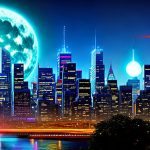
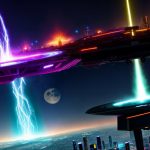





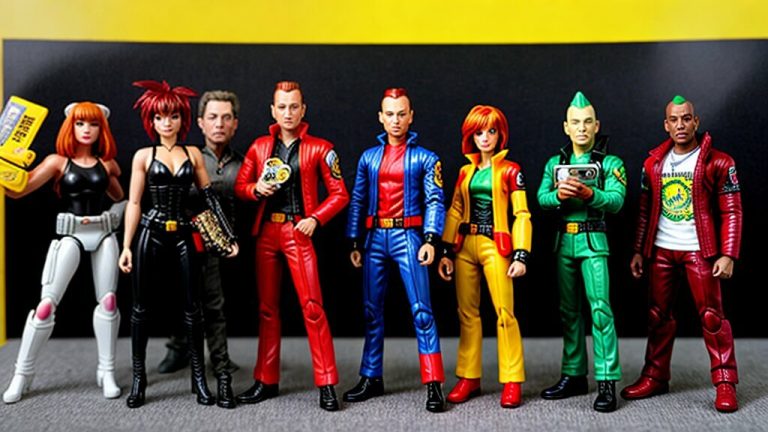
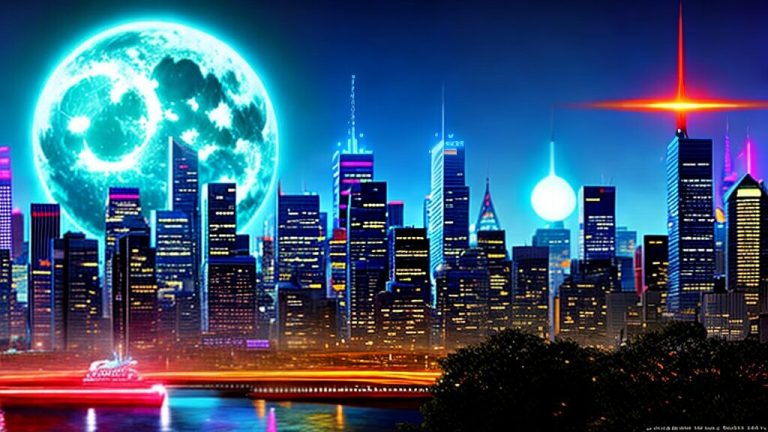
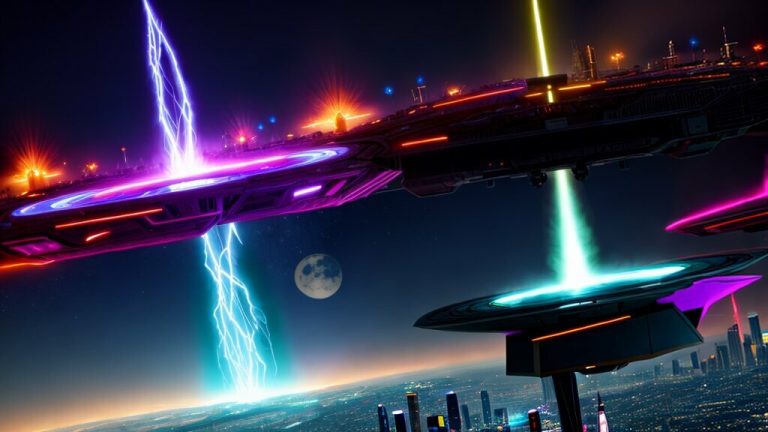



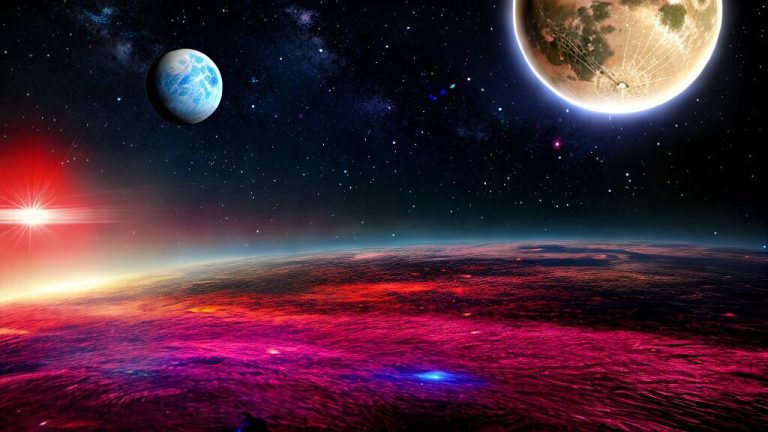
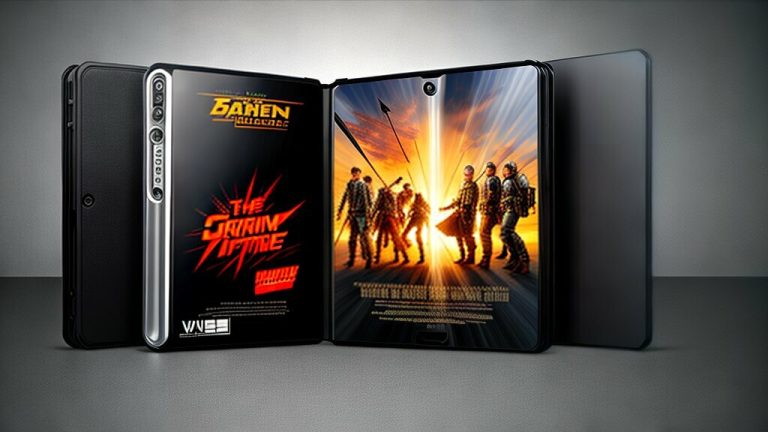
+ There are no comments
Add yours